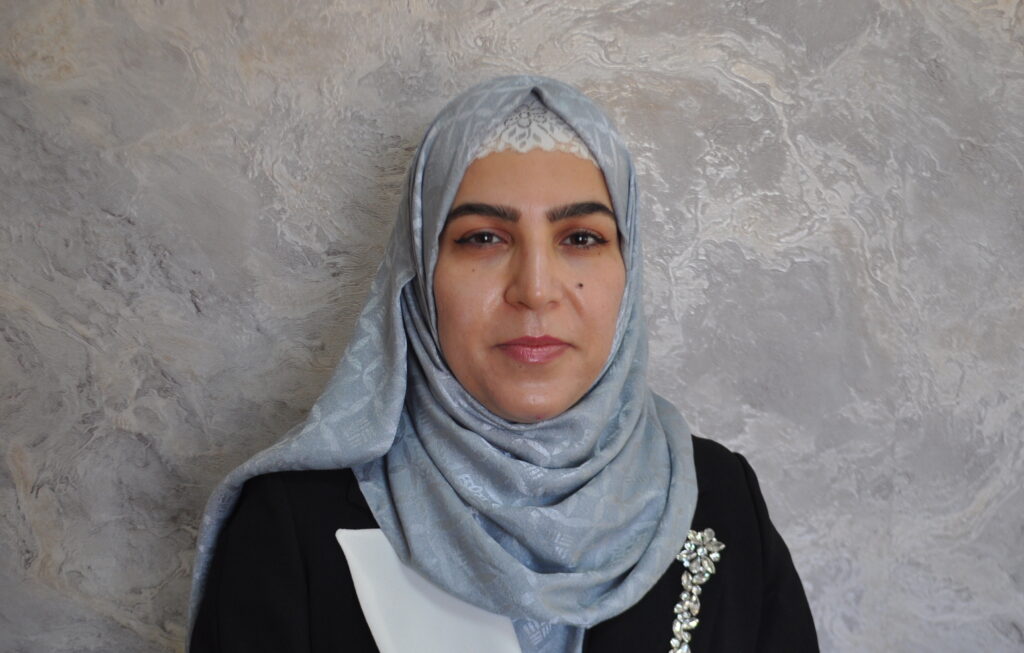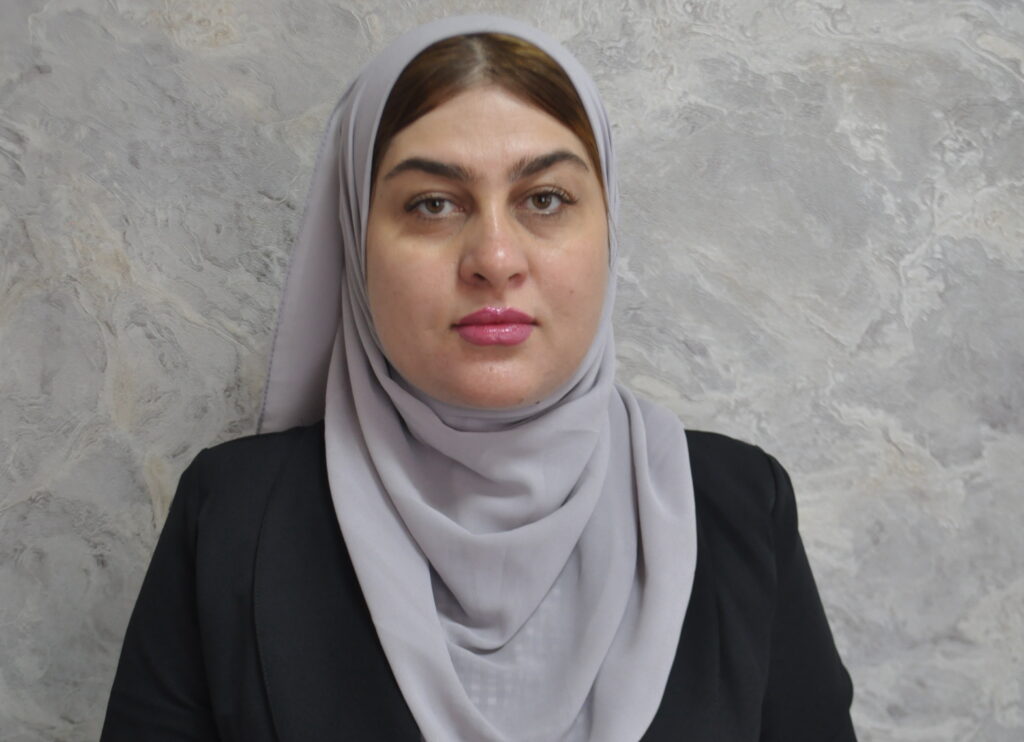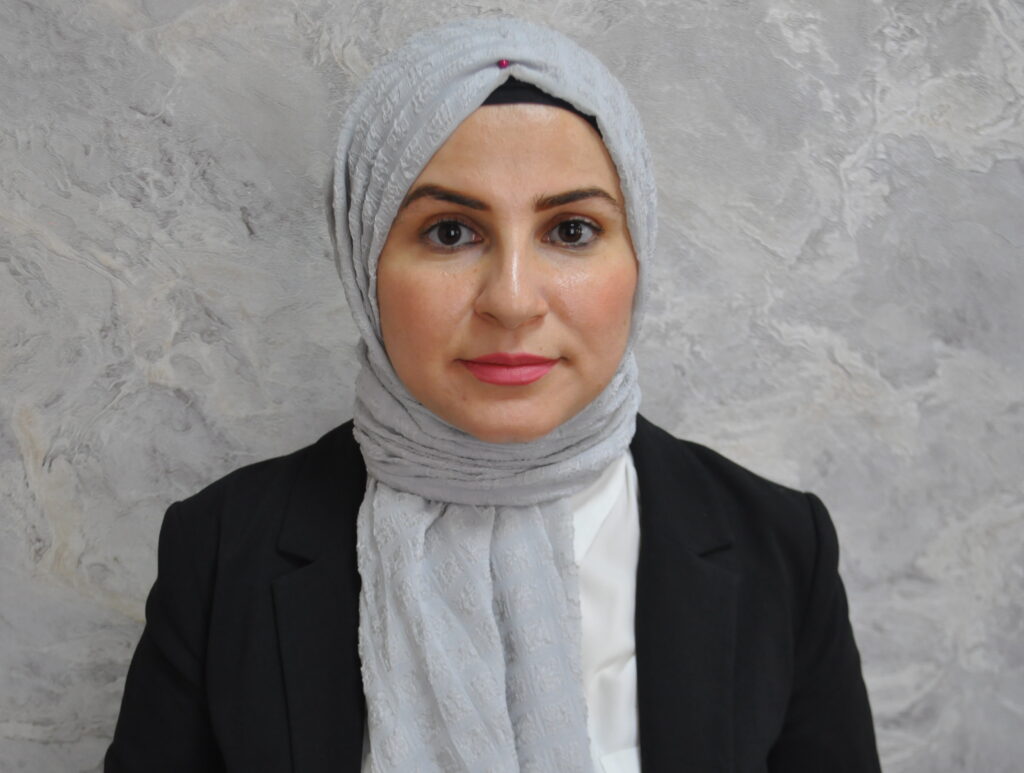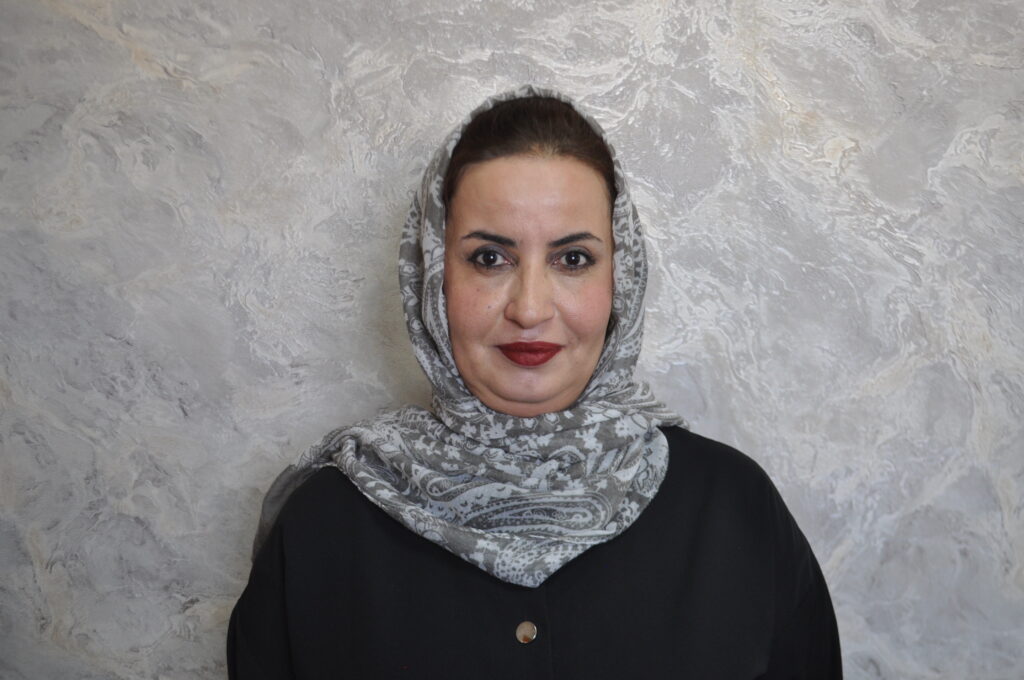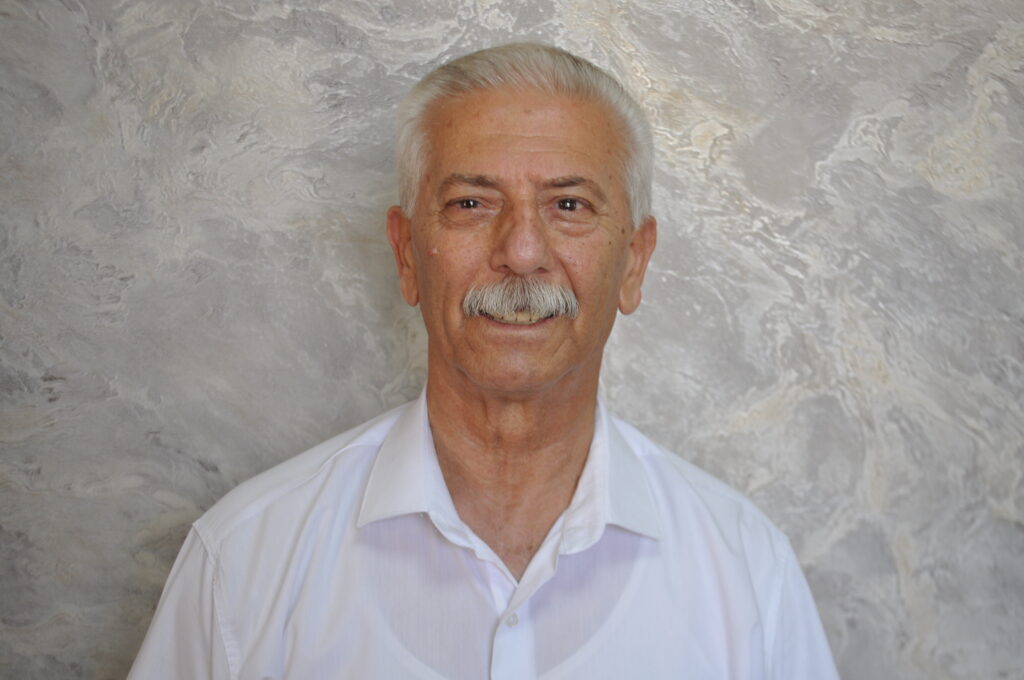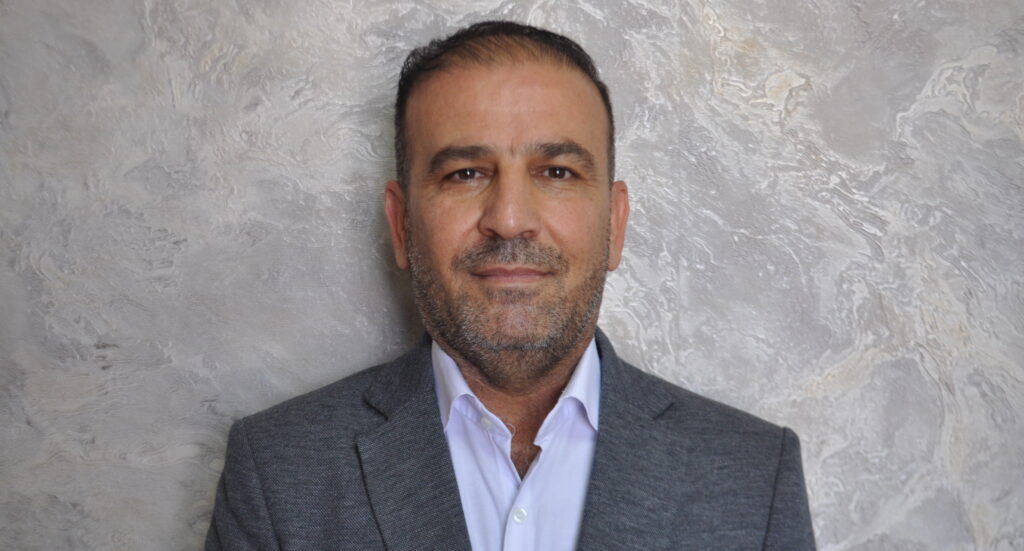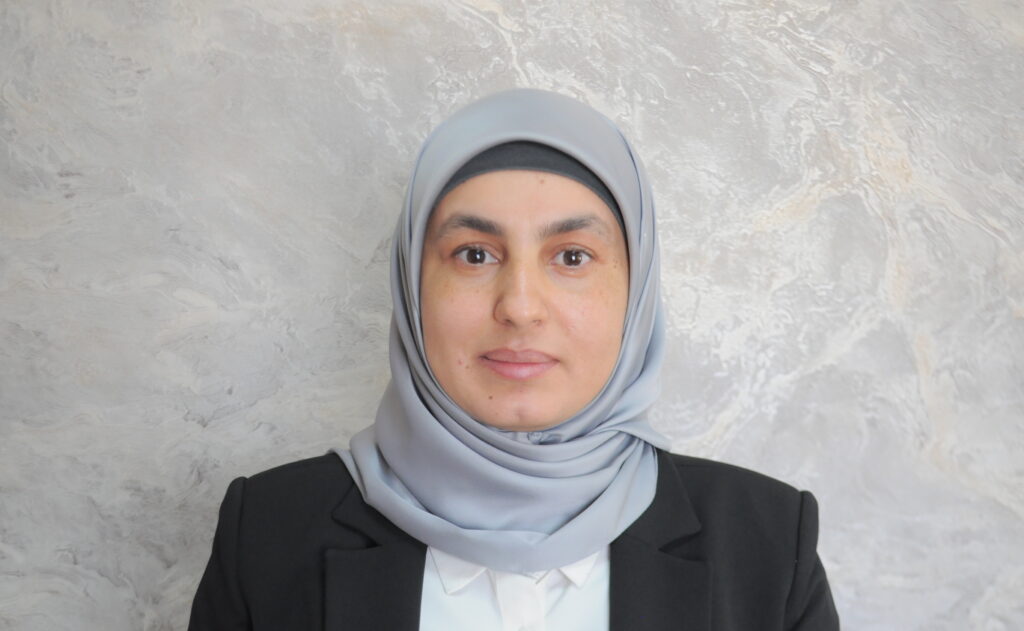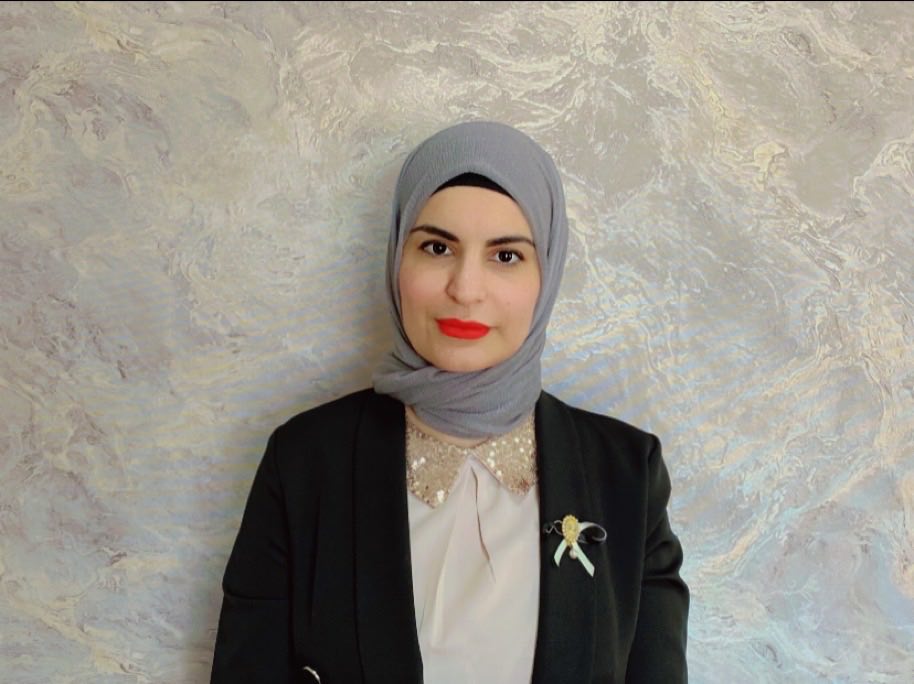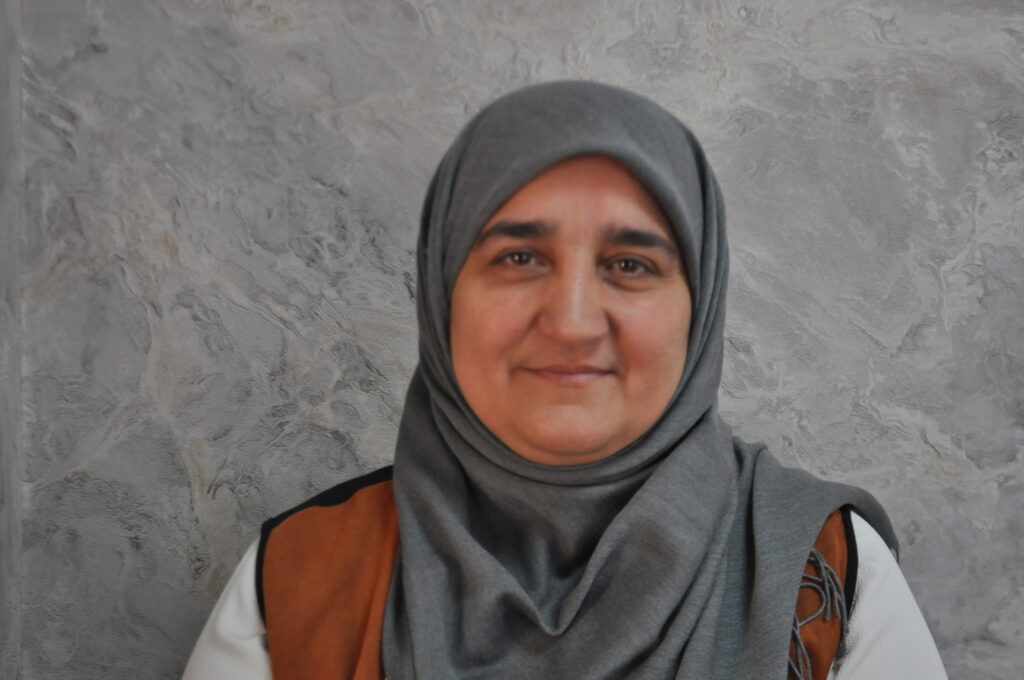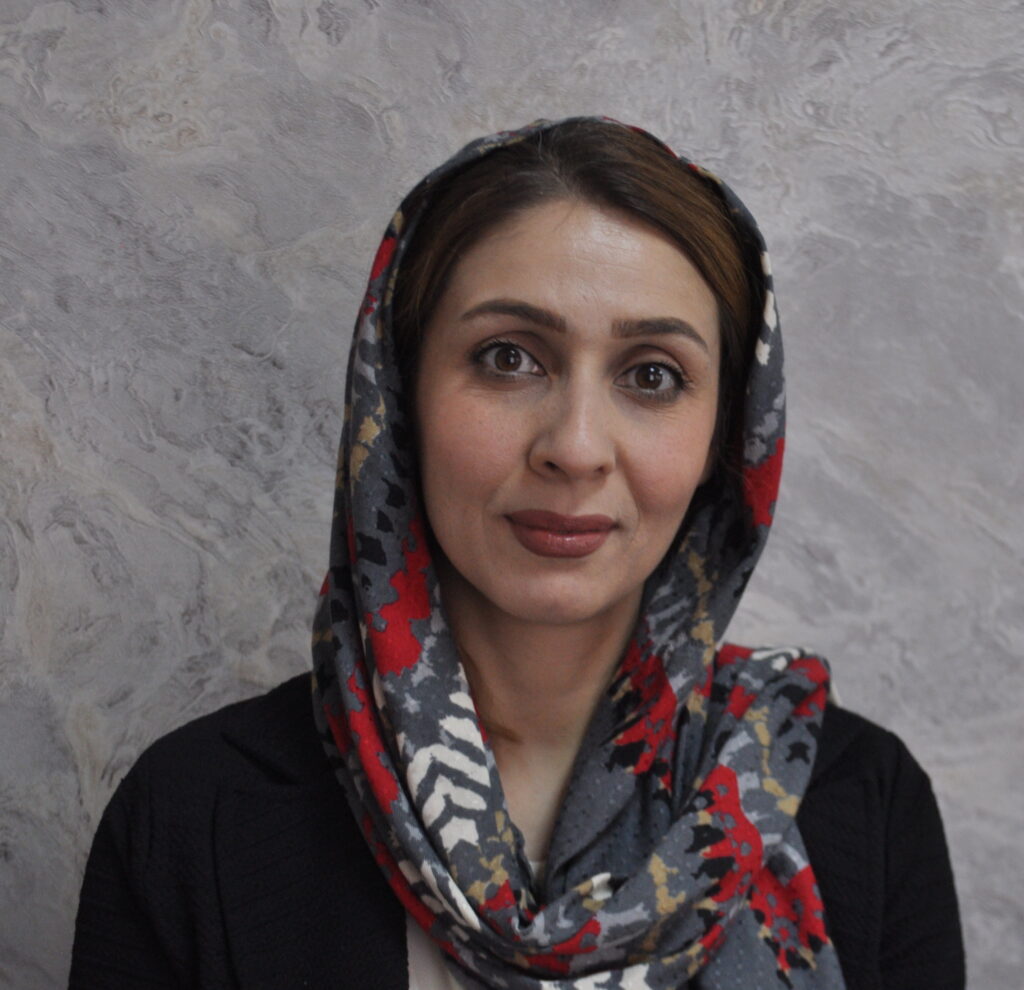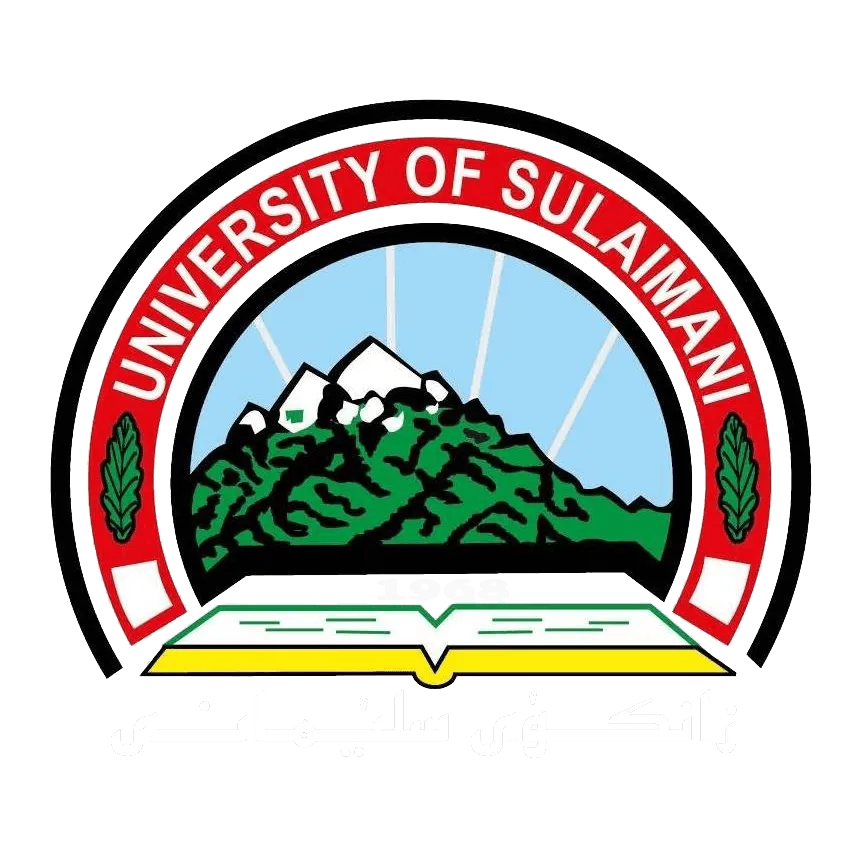Anatomy and Histopathology
Increasing understanding of the basic veterinary sciences
Department Description:
The Department of Anatomy and Histopathology was established in 1998–1999. It has been headed by the lecturers listed below, with our sincere gratitude for their efforts and services:
- Assist. Prof. Dr. Ali Hussein Hassan,
- Lect. Dr. Hemin Hassan Othman,
- Assist. Prof. Dr. Nawzad R Abdul-Rahman,
- Assist. Prof. Shilan Faqe M. Saleh,
- Assist. Prof. Dr. Snur M. A. Hassan (currently).
Currently, 11 experienced lecturers are working in this branch, who provide instruction in various disciplines to students at all academic levels, including undergraduates and graduates.
This department has three main labs, including;
- Veterinary Anatomy Lab: Studying the anatomy of various animal species takes place in this specialized lab. Additionally, it includes a classroom with a display screen, an autopsy room where animals are dissected and their organs are preserved in formalin, and exhibits of the bones and skeletons of several species, including bovine, ovine, caprine, equine, canine, and feline.
- Veterinary Histology and Pathology Lab: This lab is an adequately equipped facility where tissue samples are thoroughly examined. It introduces the students to healthy and diseased tissues to compare them across many species with a display screen, fluorescence and image microscopes, and numerous glass slides.
- Fish Disease Lab: Students are encouraged to explore different fish species, learn how to dissect the fish, and collect samples, in this specialized lab to potentially diagnose various fish diseases.
Department Vision:
The department’s mission is to develop into a center of excellence in providing qualitative knowledge by teaching first- and second-year students in veterinary anatomy, histology, and embryology; third-year students in pathology and honey bee disease, fourth-year students in avian diseases; and fifth-year students in forensic veterinary medicine and fish diseases in order to produce qualified veterinarians who can carry out their professional and humanitarian responsibilities. Additionally, providing postgraduate courses to encourage the development of veterinarians in Kurdistan through the continuing education program.
Department Mission:
The department’s mission is to increase the understanding of the basic veterinary sciences through fundamental and applied education, research, and veterinary services.
The Main Goals
- Provide the students with a firm foundation in the anatomical disciplines pertinent to small and large animal operations.
- Introduce veterinary pathology to students, covering illnesses affecting farm and pet animals.
- Establish continual education programs for veterinarians to update and stimulate their knowledge.
- Provide graduate and postgraduate students with the best possible instruction in honey bee diseases.
- Provide scientific advice to the owners of managed fisheries and poultry farms.
- Participate in practical research and problem-solving in the fish and avian sciences.
Learning Outcomes at Department:
- Students should thoroughly understand the macroscopic anatomy of the skeleton, organs, overall structure of the body, and cavities, taking into account organogenesis (embryology study), shape, position, relationships, vascularization and innervation, and the main differences between animal species.
- Students should learn the basics of microscopic examination of primary tissue structures and organization and system information in various animals.
- Graduates can identify and assess gross and pathologic lesions, understand the pathogenesis of illnesses that affect various animal species, including domestic animals, and evaluate the pathology and pathogenesis of disease from a comparative medicine perspective.
- Students will be capable of diagnosing problems in honey bee apiaries and poultry farms and formulating various solutions.
- Graduates can identify diseases in fish ponds and assess the information.
- Graduates are also able to discover the circumstances and causes of homicidal animal deaths in diverse animal species, as well as take part in organized group investigations to address animal cruelty.
Department Study Methods:
The study methods depend on different mechanisms, such as theoretical lectures, practical lectures, and visits to poultry farms, honey bee apiaries, and fish ponds. The assessment is achieved via two mid-term exams, final exams, and continuous evaluation, including seminars, lab reports, and assignments.
Language used in department:
For all courses, English is the college’s official language.
Duration of Studies:
The college offers five academic years of full-time education.
Academic Staff:
